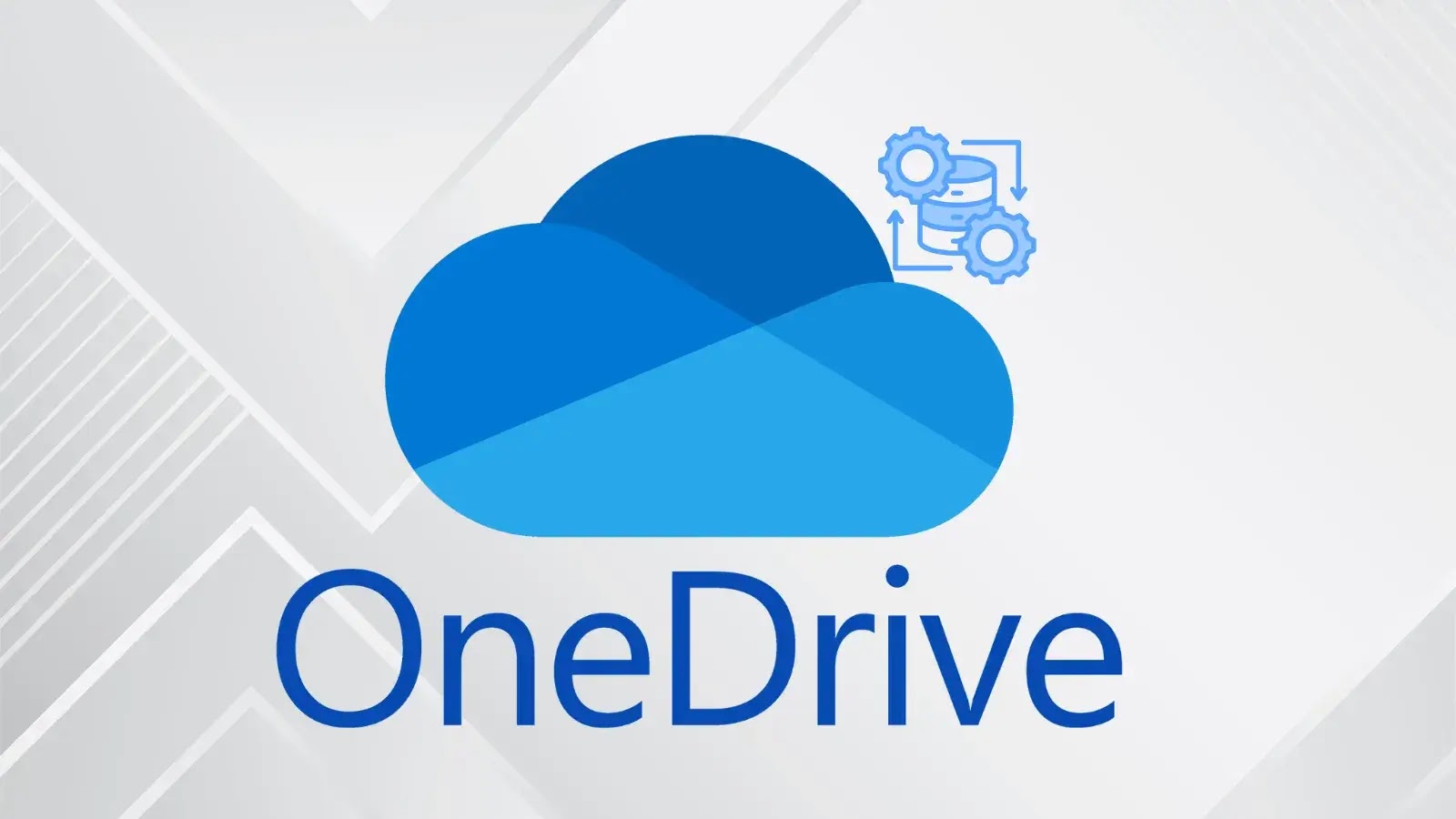
Hackers Exploit OneDrive.exe Through DLL Sideloading to Execute Arbitrary Code
OneDrive.exe: Unmasking the DLL Sideloading Threat
In the intricate landscape of cyber threats, attackers continuously evolve their tactics to stay one step ahead. A particularly insidious technique gaining traction involves exploiting legitimate applications to execute malicious code, all while evading traditional security measures. One such concerning development spotlights the abuse of Microsoft’s OneDrive application through a method known as DLL sideloading. This sophisticated attack vector allows threat actors to hijack legitimate Windows processes, maintain persistence, and ultimately execute arbitrary code on compromised systems. Understanding this mechanism is crucial for security professionals and IT teams charged with defending their organizations.
What is DLL Sideloading?
Dynamic Link Library (DLL) sideloading is a stealthy attack technique that leverages the way Windows applications load their necessary libraries. When a legitimate application, such as OneDrive.exe, starts, it searches for and loads various DLL files required for its functionality. Threat actors exploit this mechanism by placing a maliciously crafted DLL file (often named identically to a legitimate one) in a location that the application searches before finding the authentic version. This deception tricks the legitimate application into loading and executing the malicious DLL, effectively giving the attacker control within the context of a trusted process.
In the context of the OneDrive attack, the threat actors reportedly weaponized a version.dll file. This malicious DLL is strategically placed to be loaded by OneDrive.exe. Once loaded, it can then perform a myriad of malicious activities, including:
- Executing arbitrary code
- Establishing persistence on the compromised system
- Bypassing security controls by operating under the guise of a legitimate process
- Facilitating further stages of an attack, such as data exfiltration or malware deployment
The OneDrive.exe Vulnerability Explained
The core of this attack lies in the legitimate nature of OneDrive.exe. Because it’s a signed, trusted application from Microsoft, its processes often receive less scrutiny from endpoint detection and response (EDR) solutions and other security tools. By injecting a malicious DLL into the OneDrive process, attackers can effectively “borrow” the trust associated with OneDrive.exe. This makes detection significantly more challenging, as the malicious code is executing within a seemingly benign process.
While a specific CVE number for this particular exploitation method involving OneDrive.exe in this specific manner was not provided in the source material, DLL sideloading is a well-documented class of vulnerabilities. For instance, similar techniques have historically been associated with security advisories. For general understanding of DLL hijacking vulnerabilities, resources like the Mitre ATT&CK framework’s T1574.001 – DLL Sideloading are highly relevant.
Impact and Consequences
The implications of a successful DLL sideloading attack via OneDrive.exe are severe. Attackers can:
- Gain initial access: If used as part of an initial compromise chain.
- Achieve persistence: By ensuring the malicious DLL is re-loaded whenever OneDrive.exe runs.
- Evade detection: Operating under the cover of a legitimate, trusted process.
- Escalate privileges: Depending on the privileges of the OneDrive process.
- Facilitate data exfiltration: Accessing and sending sensitive files synchronized by OneDrive.
- Deploy additional malware: Using the established foothold to download and execute further malicious payloads.
Remediation Actions and Mitigation Strategies
Defending against sophisticated DLL sideloading attacks requires a multi-layered security approach. IT professionals and security analysts should consider the following actionable advice:
- Endpoint Detection and Response (EDR) Enhancement: Configure EDR solutions to monitor for unusual process behavior, specifically focusing on legitimate applications loading unsigned or unexpected DLLs from non-standard directories.
- Application Whitelisting: Implement application whitelisting solutions (e.g., Windows Defender Application Control, AppLocker) to restrict which applications and DLLs are allowed to execute. This can prevent unauthorized DLLs from being loaded.
- Regular Patch Management: Ensure that all operating systems and applications, including OneDrive, are kept up-to-date with the latest security patches. While this specific issue isn’t a direct patchable vulnerability in OneDrive code, timely updates can close other avenues of initial compromise.
- Network Segmentation: Limit lateral movement potential by segmenting networks, reducing the impact area of a successful compromise.
- User Education: Train users to recognize and avoid phishing attempts, which are often the initial vector for delivering malicious files that facilitate such attacks.
- Monitor File System Changes: Implement monitoring for suspicious file creations or modifications in sensitive system directories or within application installation paths where legitimate DLLs reside.
- Principle of Least Privilege: Enforce the principle of least privilege for all users and processes. Restricting privileges can limit the damage an attacker can inflict even if they successfully exploit a vulnerability.
Detection Tools and Resources
Leveraging the right tools can significantly enhance an organization’s ability to detect and remediate DLL sideloading attempts.
| Tool Name | Purpose | Link |
|---|---|---|
| Sysmon | Advanced monitoring of system activity, including DLL loading. | https://learn.microsoft.com/en-us/sysinternals/downloads/sysmon |
| Process Monitor | Real-time file system, Registry, and process/thread activity monitoring. Essential for incident response. | https://learn.microsoft.com/en-us/sysinternals/downloads/procmon |
| Autoruns | Identifies programs configured to run during system startup or login, including DLL entries. | https://learn.microsoft.com/en-us/sysinternals/downloads/autoruns |
| Mandiant RedLine | Host investigative tool to find signs of malicious activity. | https://www.mandiant.com/resources/free-tools/redline |
Conclusion
The exploitation of OneDrive.exe through DLL sideloading serves as a stark reminder of the sophisticated techniques adversaries employ to bypass defenses. By leveraging the trust associated with legitimate applications, attackers can execute arbitrary code with a decreased risk of immediate detection. Proactive defense strategies, combining robust EDR capabilities, stringent application control, continuous monitoring, and user education, are essential in mitigating the risks posed by such advanced persistent threats. Staying informed about these evolving tactics and implementing comprehensive security controls will be paramount in safeguarding digital assets against these covert forms of attack.





